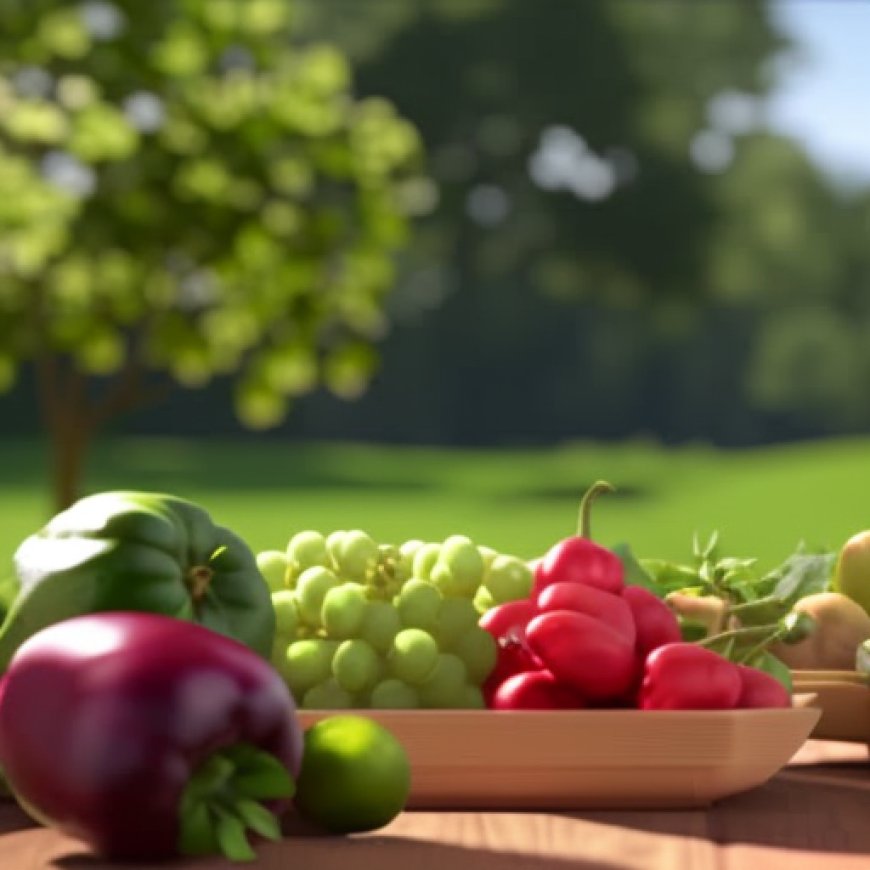USDA to host webinar on updates to the USDA Harmonized Good Agricultural Practices – Produce Blue Book
USDA to host webinar on updates to the USDA Harmonized Good Agricultural Practices Produce Blue Book


USDA to Hold Webinar on Updates to Harmonized Good Agricultural Practices (GAP) Standards

Date: March 11, 2024
The U.S. Department of Agriculture (USDA) Agricultural Marketing Service (AMS) will be conducting a webinar to discuss the updates made to the USDA Harmonized Good Agricultural Practices (GAP) and GAP Plus+ audit standards. These updates are aimed at ensuring the continued relevance and applicability of AMS’ GAP audit services for its specialty crops industry customers.
Webinar Details
- Date: April 5
- Time: 1 p.m. ET
- Registration: Click here to register
The updates to the USDA Harmonized GAP and GAP Plus+ audit standards are being made in alignment with the Produce GAPs Harmonized Combined Standard. The key changes include:
- Introduction of more consistent language and reduction of redundancy.
- Inclusion of new requirements related to water treatment, recall program, soil amendments, and maintenance.
For more information on the updates to the standards or the webinar, please contact Jill Dunlop, AMS Audit Services Branch, at Jill.Dunlop@usda.gov.
SDGs, Targets, and Indicators
1. Which SDGs are addressed or connected to the issues highlighted in the article?
- SDG 2: Zero Hunger
- SDG 6: Clean Water and Sanitation
- SDG 12: Responsible Consumption and Production
The article discusses updates to the USDA Harmonized Good Agricultural Practices (GAP) and GAP Plus+ audit standards, which are aimed at ensuring food safety and sustainability in the specialty crops industry. These goals align with SDG 2, which aims to end hunger and achieve food security, SDG 6, which focuses on ensuring access to clean water and sanitation, and SDG 12, which promotes responsible consumption and production.
2. What specific targets under those SDGs can be identified based on the article’s content?
- Target 2.3: By 2030, double the agricultural productivity and incomes of small-scale food producers.
- Target 6.4: By 2030, substantially increase water-use efficiency across all sectors and ensure sustainable withdrawals and supply of freshwater to address water scarcity.
- Target 12.3: By 2030, halve per capita global food waste at the retail and consumer levels and reduce food losses along production and supply chains, including post-harvest losses.
Based on the article’s content, the specific targets that can be identified are related to increasing agricultural productivity and incomes (Target 2.3), improving water-use efficiency and addressing water scarcity (Target 6.4), and reducing food waste and losses in production and supply chains (Target 12.3).
3. Are there any indicators mentioned or implied in the article that can be used to measure progress towards the identified targets?
- Indicator 2.3.1: Volume of production per labor unit by classes of farming/pastoral/forestry enterprise size.
- Indicator 6.4.1: Change in water-use efficiency over time.
- Indicator 12.3.1: Food loss index.
The article does not explicitly mention indicators, but based on the identified targets, indicators that can be used to measure progress include the volume of production per labor unit (Indicator 2.3.1), change in water-use efficiency (Indicator 6.4.1), and the food loss index (Indicator 12.3.1).
SDGs, Targets, and Indicators
| SDGs | Targets | Indicators |
|---|---|---|
| SDG 2: Zero Hunger | Target 2.3: By 2030, double the agricultural productivity and incomes of small-scale food producers. | Indicator 2.3.1: Volume of production per labor unit by classes of farming/pastoral/forestry enterprise size. |
| SDG 6: Clean Water and Sanitation | Target 6.4: By 2030, substantially increase water-use efficiency across all sectors and ensure sustainable withdrawals and supply of freshwater to address water scarcity. | Indicator 6.4.1: Change in water-use efficiency over time. |
| SDG 12: Responsible Consumption and Production | Target 12.3: By 2030, halve per capita global food waste at the retail and consumer levels and reduce food losses along production and supply chains, including post-harvest losses. | Indicator 12.3.1: Food loss index. |
Behold! This splendid article springs forth from the wellspring of knowledge, shaped by a wondrous proprietary AI technology that delved into a vast ocean of data, illuminating the path towards the Sustainable Development Goals. Remember that all rights are reserved by SDG Investors LLC, empowering us to champion progress together.
Source: producebluebook.com

Join us, as fellow seekers of change, on a transformative journey at https://sdgtalks.ai/welcome, where you can become a member and actively contribute to shaping a brighter future.







